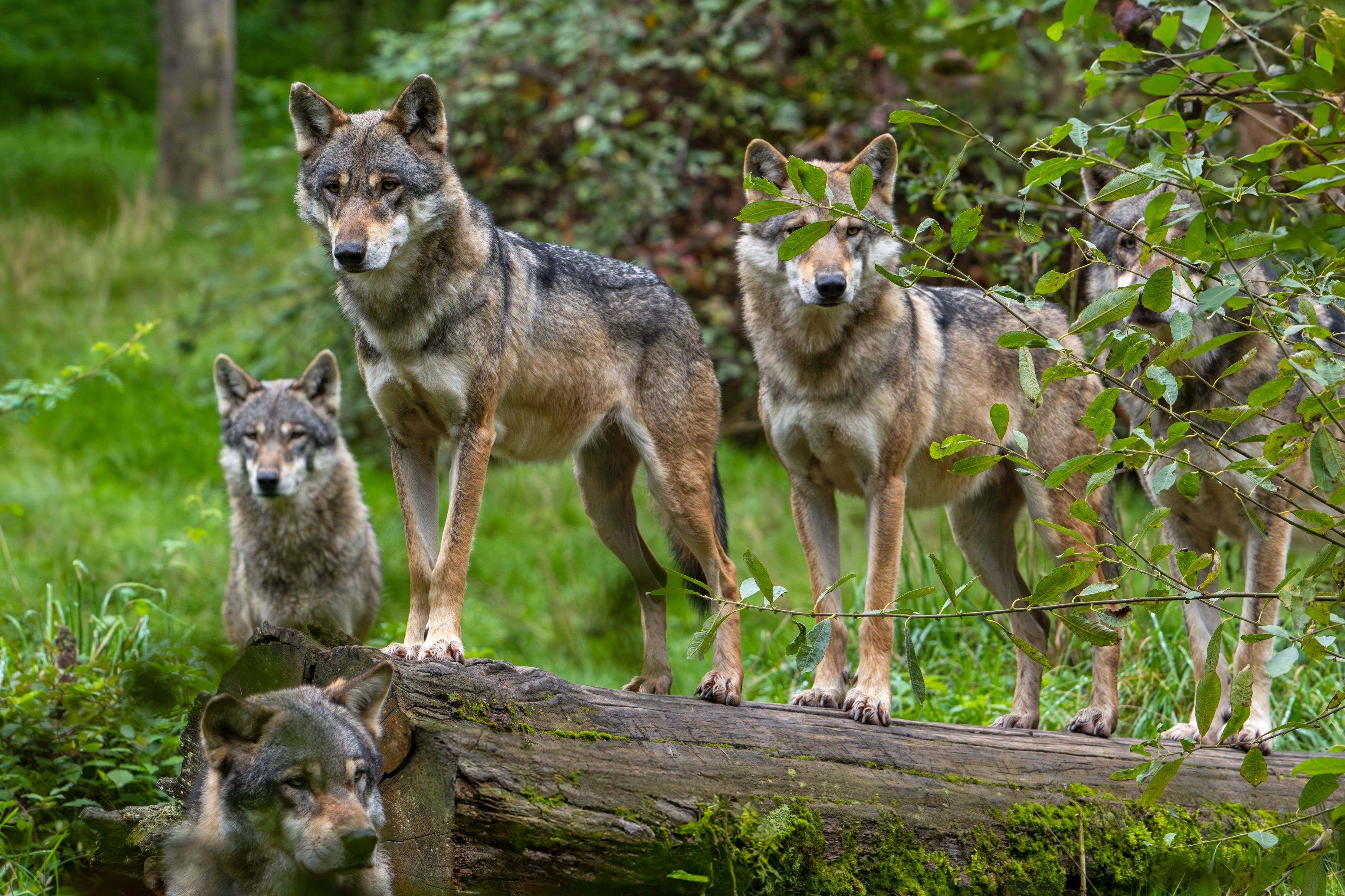Who should adapt: the wolf or us?

The grey wolf has returned to Western Europe, stirring passions in its wake. For some, the predator symbolises the resilience of nature. For others, however, it represents a living threat.
But the conflict may say more about our limited willingness to share space with the wild than it does about the wolf itself. In a landscape designed for human needs, any unexpected encounter quickly becomes a problem.
In 2018, wolves returned to the Low Countries, with some settling permanently and others passing through temporarily. Billy was one of the latter, a young wolf that began roaming from Germany in spring 2020. During his two-week stay in the Dutch province of West Brabant, he killed more than 60 sheep, prompting calls for his removal.
"The wolf is remarkably adaptable. From Arctic tundra to the edge of cities, it can thrive"
Crossing into Flanders, his travels took him across canals and busy roads, even leading him into the path of a car. His behaviour around livestock earned him the label of “bold wolf” and turned him into a caricature of the species: a bloodthirsty menace destroying everything in its path.
Billy’s journey ended in September of that year in the Vosges mountains in France, where he was shot under an exemption to EU law. However, conservationists dispute that he was ever a genuine threat.
“A problem wolf is one that endangers people,” Jan Loos of Welkom Wolf told VRT NWS at the time. “Billy feared humans like any other wolf. He just took risks with livestock.”
Adaptable predator, inflexible people
Wolves are often portrayed as incompatible with densely populated regions, but this is misleading, said Dries Kuijper of the Mammal Research Institute in Poland to news outlet Apache.
“The wolf is remarkably adaptable,” he says. “From Arctic tundra to the edge of cities, it can thrive.”
Conflicts usually arise from food sources humans provide, whether unprotected livestock, hunting remains or deliberate feeding by photographers and tourists.
"A wolf passing through a village is instantly seen as dangerous, while no one blinks if a deer does the same"
Kuijper’s research challenges the claim that wolves in human-dominated landscapes lose their natural shyness. In Poland’s Tuchola Forest, where wolves live among hikers, mushroom pickers and loggers, he tested their reactions to human voices.
“When wolves heard people speaking, they fled more than twice as often and twice as quickly as when hearing neutral sounds,” he found.

In fragmented agricultural landscapes, avoiding humans entirely is difficult. Yet public reaction to sightings is often exaggerated. “A wolf passing through a village is instantly seen as dangerous, while no one blinks if a deer does the same,” Frederik Thoelen of Belgium’s Natuurhulpcentrum said in an interview with Apache.
While some fear wolves, others are drawn to them. Sometimes too much. People have attempted to lure wolves with food in Belgium’s Hautes Fagnes and on the Dutch Veluwe. In one case, a young wolf reportedly died after access to its feeding spot was blocked, cutting off the artificial food source it had come to depend on.
Feeding wolves, Kuijper warns, can erode their wariness and lead to dependency or conflict once the food disappears.
Yellowstone effect
The wolf’s return has also raised hopes of “Yellowstone-style” ecosystem recovery. But in Europe, where land use is intensive, such effects are subtle.
In Poland’s Białowieża Forest, Kuijper observed red deer avoiding areas frequented by wolves, giving saplings a chance to grow. It’s this “landscape of fear” that subtly reshapes the forest.
Yet beyond such intact ecosystems, human disturbance often drowns out these processes. “The wolf is not a miracle cure,” Kuijper stressed, “but part of a complex system trying to re-establish itself in a human-dominated world.”
This article is based on a publication released on apache.be this week.
#FlandersNewsService | © PHOTO ARTERRA
Related news

